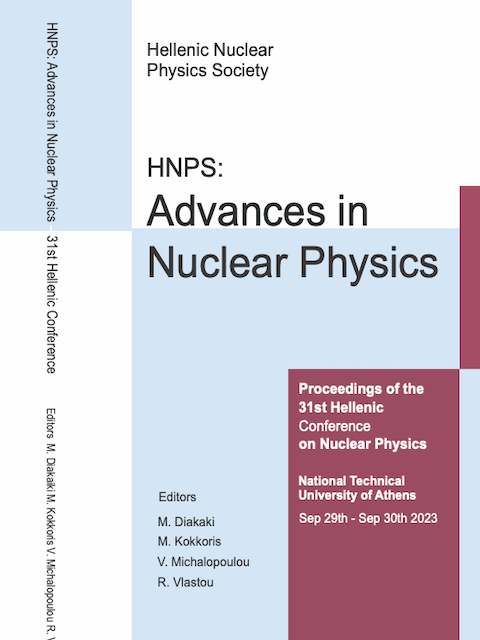Signatures of hadron-quark phase transition through the r-mode instability in twin stars
Περίληψη
The observation of two compact stars with equal mass but different radius (twin stars) would be a strong indication of hadron-quark phase transition in dense nuclear matter. In this work we examine the differences that appear in the r-mode instability windows and evolution of twin stars in order to investigate the possibility of identifying them through the future detection of gravitational waves. We find that two stars with an identical mass and fairly similar temperature and rotational frequency may behave differently with respect to the r-modes. Hence, the future possible detection of gravitational radiation due to unstable r-modes from a star appearing in the stable region of the frequency-temperature plane (which will be determined by the absence of gravitation wave emission from existing and future pulsar observations) would be a clear sign for the existence of twin stars. In addition, we examine the compatibility of current data from low mass x-ray binaries with the predictions from hybrid equations of state that support the existence of third stable branch of compact objects. We find that, depending on the energy density jump and the crust elasticity, hybrid equations of state may serve as a viable solution for the explanation of existing observations.
Λεπτομέρειες άρθρου
- Πώς να δημιουργήσετε Αναφορές
-
Laskos-Patkos, P., & Moustakidis, C. (2024). Signatures of hadron-quark phase transition through the r-mode instability in twin stars. Annual Symposium of the Hellenic Nuclear Physics Society, 30, 104–109. https://doi.org/10.12681/hnpsanp.6258
- Τεύχος
- Τόμ. 30 (2024): HNPS2023
- Ενότητα
- Oral contributions

Αυτή η εργασία είναι αδειοδοτημένη υπό το CC Αναφορά Δημιουργού – Μη Εμπορική Χρήση – Όχι Παράγωγα Έργα 4.0 4.0.






